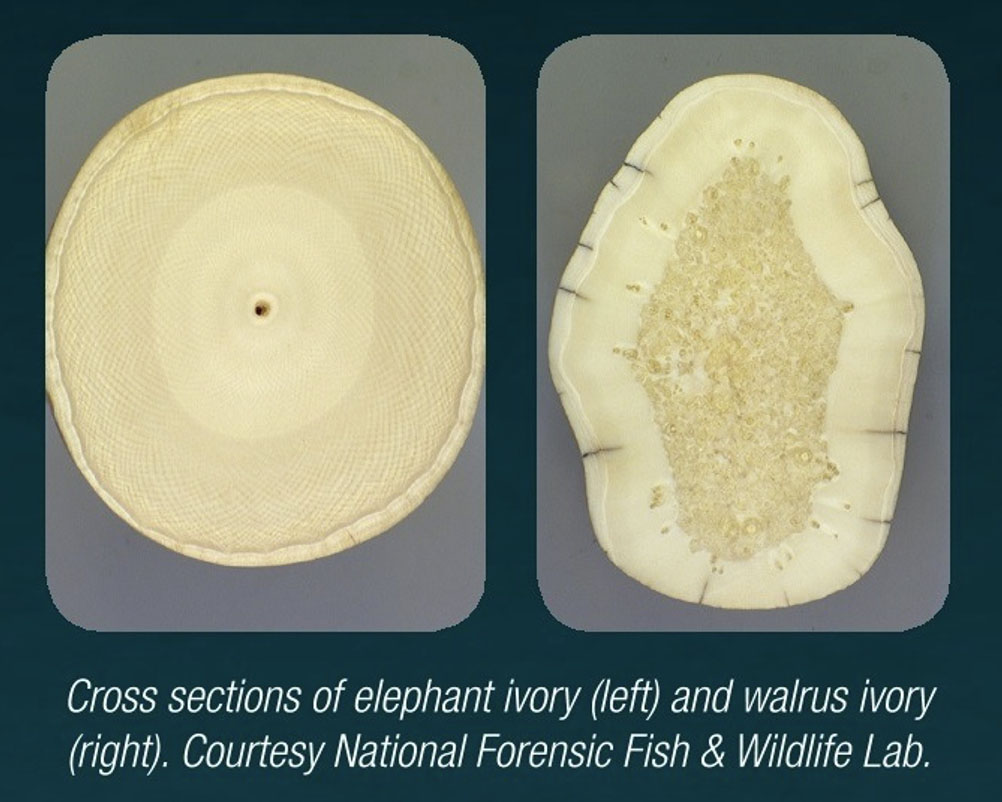Walrus Ivory
For centuries, walrus has been an important and highly valued resource for Alaska Native people who rely heavily on a subsistence lifestyle.
In a subsistence harvest, the entire animal is used – meat, hide, blubber and ivory. It is used in traditional ways for food and nutrition, tools, clothing and more, which brings great value to remote Native communities.
As part of the waste-not spirit of Alaska Native cultures, the ivory also is put to use. Carvers make beautiful artifacts with walrus ivory to help share their stories and experiences. This art is the heart of the cultures and traditions of the people.
It also provides income to the artists’ families and communities in remote areas where economic opportunities are often unavailable.
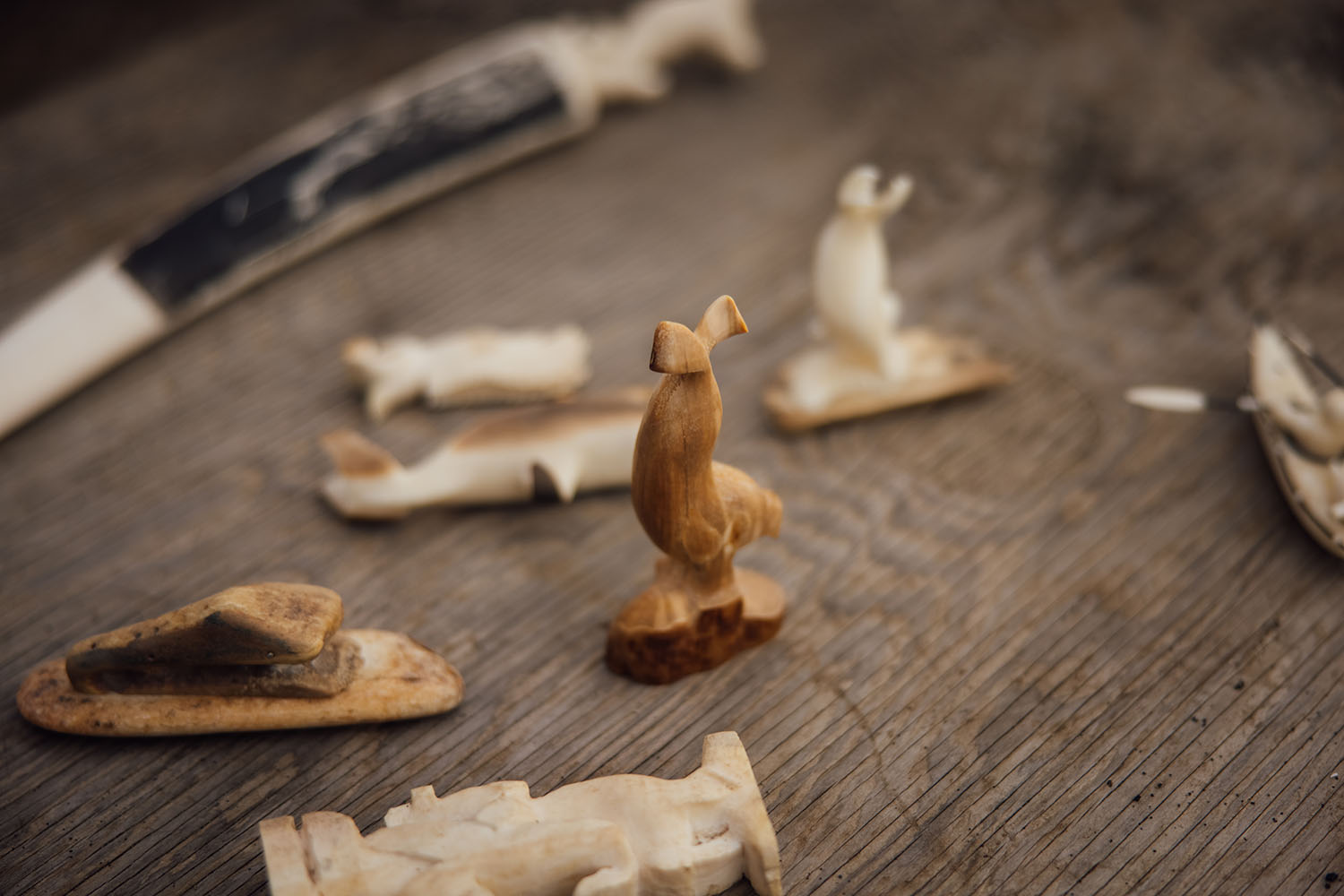
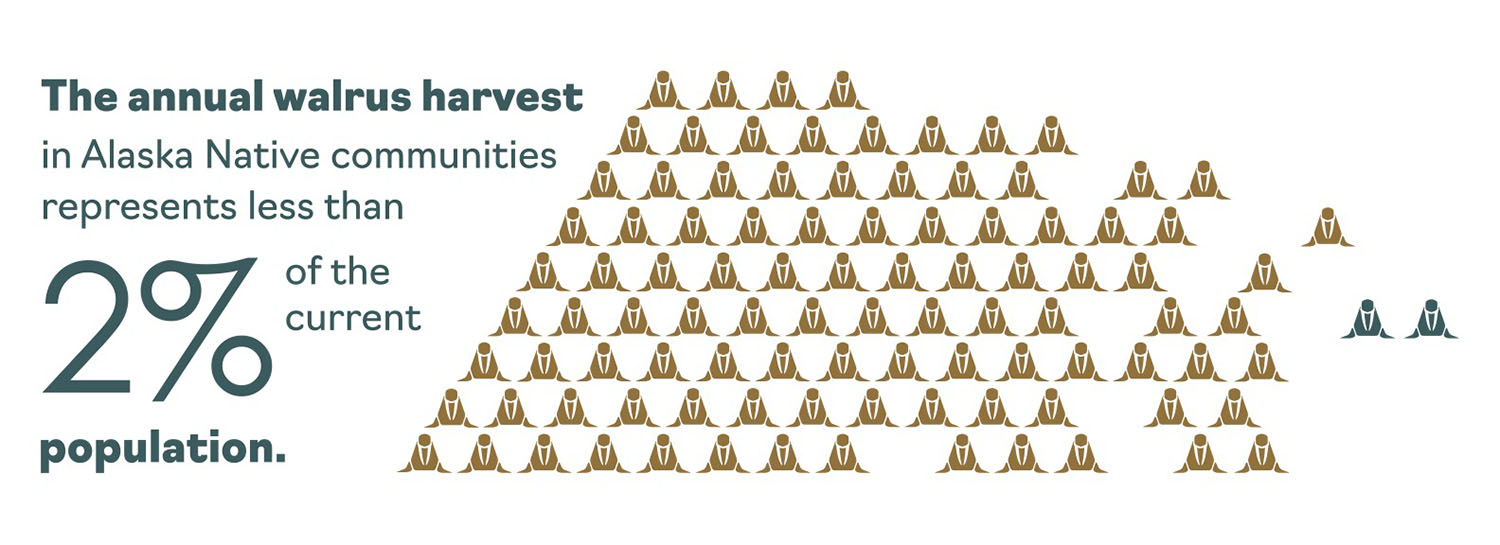
The Pacific walrus population is estimated at 283,000 as determined by U.S. government managers in collaboration with Russian researchers and Alaska Native communities. (Information provided by the Eskimo Walrus Commission, the co-management organization representing 19 Alaska native coastal communities’ interests in Pacific walrus.)
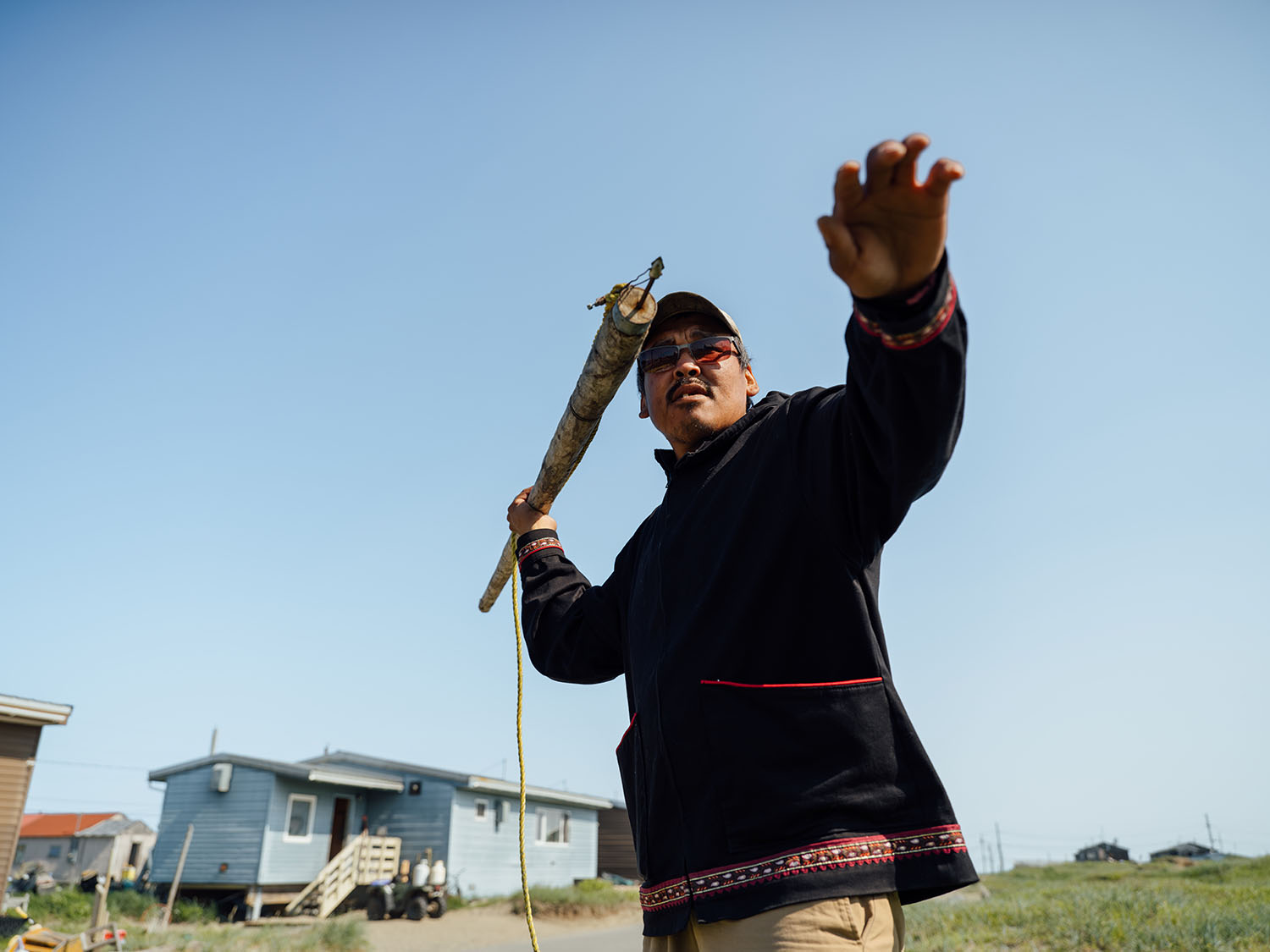
Responsible Harvests
Walrus are a part of Alaska Natives’ ancient and sustainable relationship with the land and sea.
The federal Marine Mammal Protection Act allows for the harvest of Pacific walrus for Alaska Native coastal residents because it is, and has been for thousands of years, a cultural, nutritional and important natural resource.
Communities that harvest walrus operate under tribal marine mammal ordinances. These ordinances are based on traditional management principles which have been approved by the U.S. Fish and Wildlife Service and are consistent with the Marine Mammals Protection Act. These ordinances are monitored and enforced by local law enforcement.
Carving Walrus Ivory
Pacific walrus are protected by the federal Marine Mammal Protection Act and may only be harvested by coastal-dwelling Alaska Native people. Walrus ivory offered for sale that was harvested after the federal law was enacted in 1972 may only be carved by Alaska Native people. Once carved and sold, anyone may resell Alaska Native art and craftwork made of walrus ivory.
Supporting Native Communities
Alaska Natives living in remote villages not only rely on subsistence hunting and fishing as a critical source of nutrition and usable materials, they also rely heavily on sales of authentic, Native craftwork to bring money into communities that have limited economic resources.
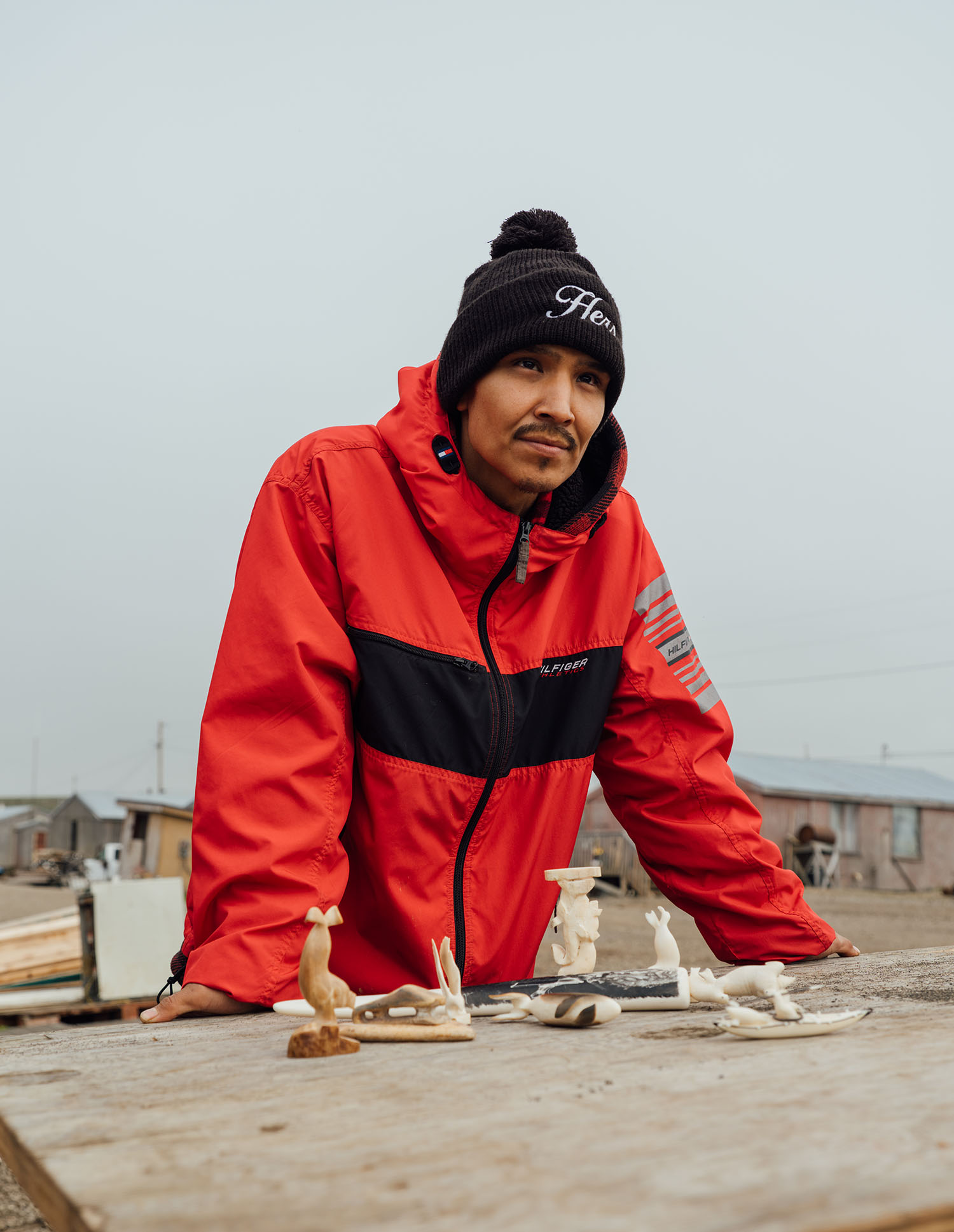
Identifying Types of Ivory
Although ivory from different animal species, such as elephant and walrus are similar in appearance, it can be properly identified in most situations, as each type has distinct features.
Walrus ivory is normally white, but may darken through age or exposure to environmental factors.
For more information about identifying various types of ivory, visit the U.S. Fish and Wildlife Service’s online forensic library.
